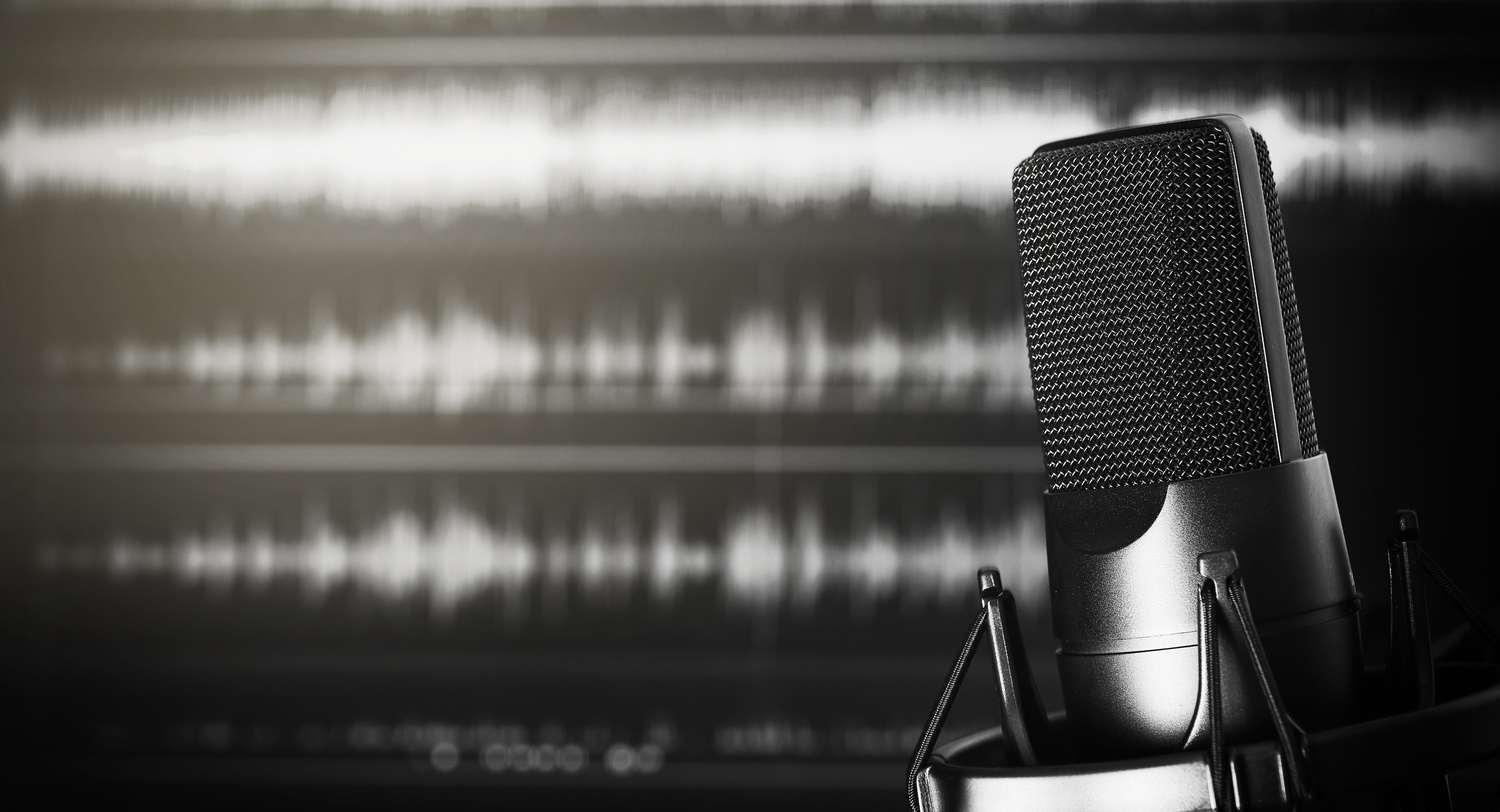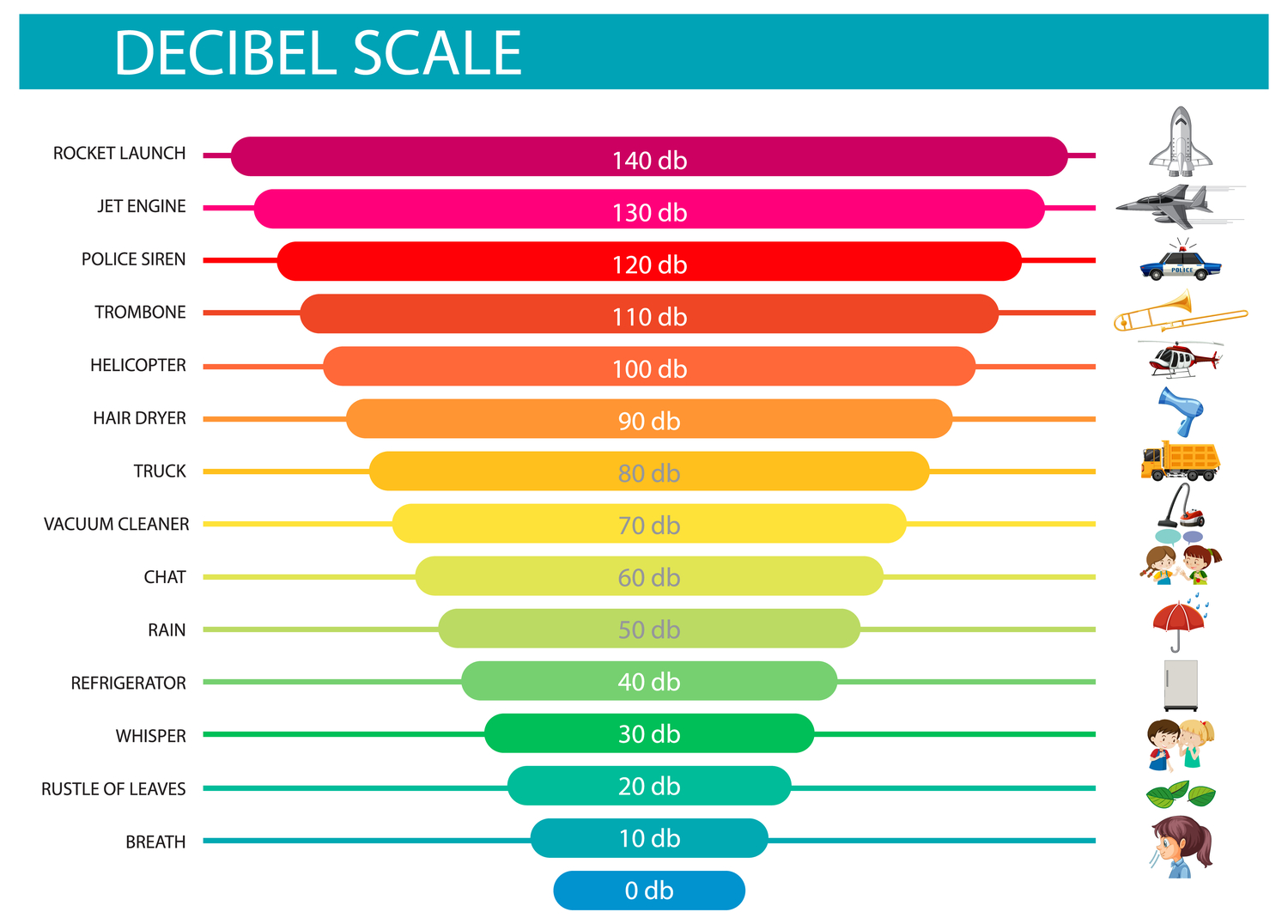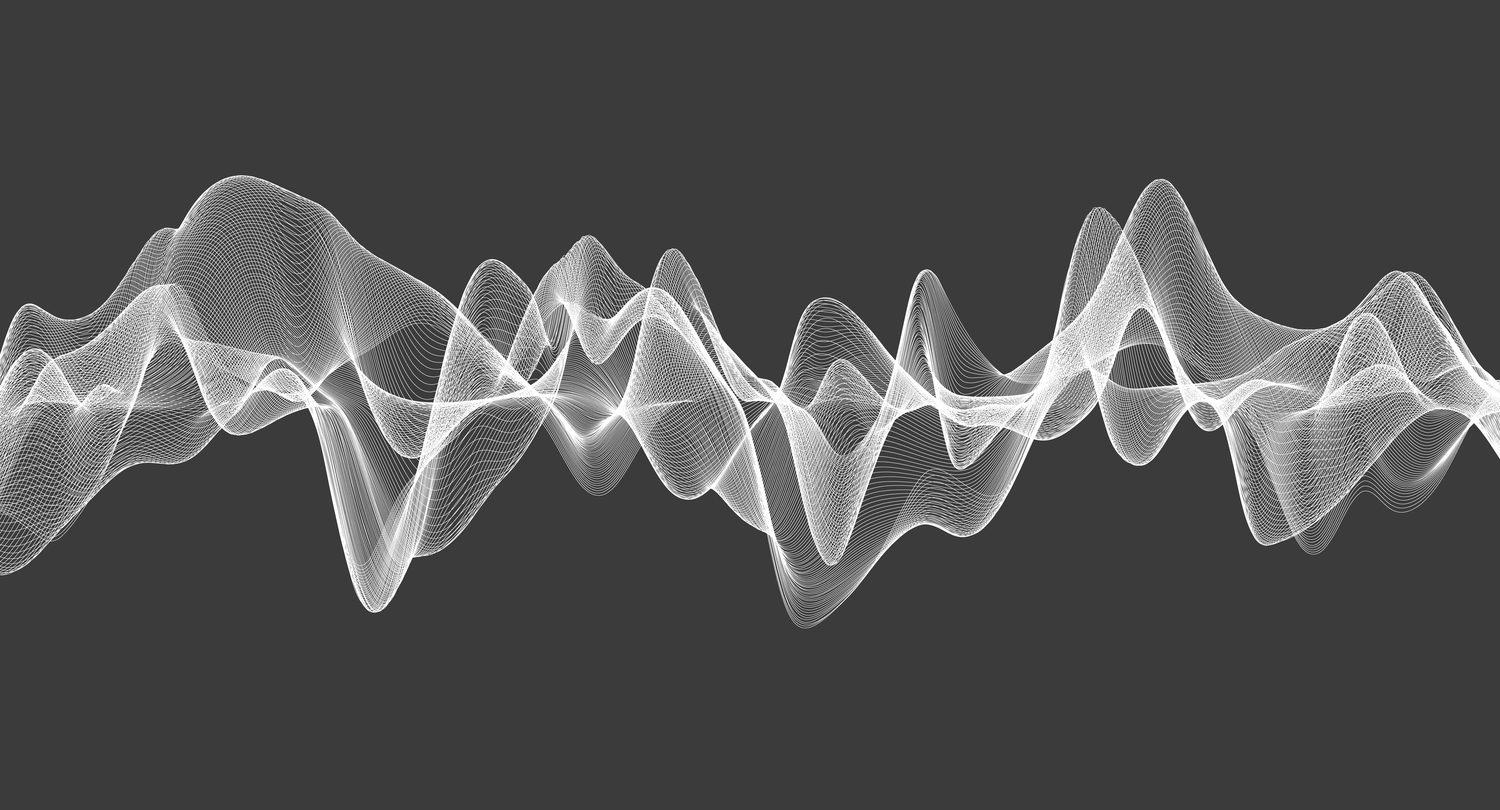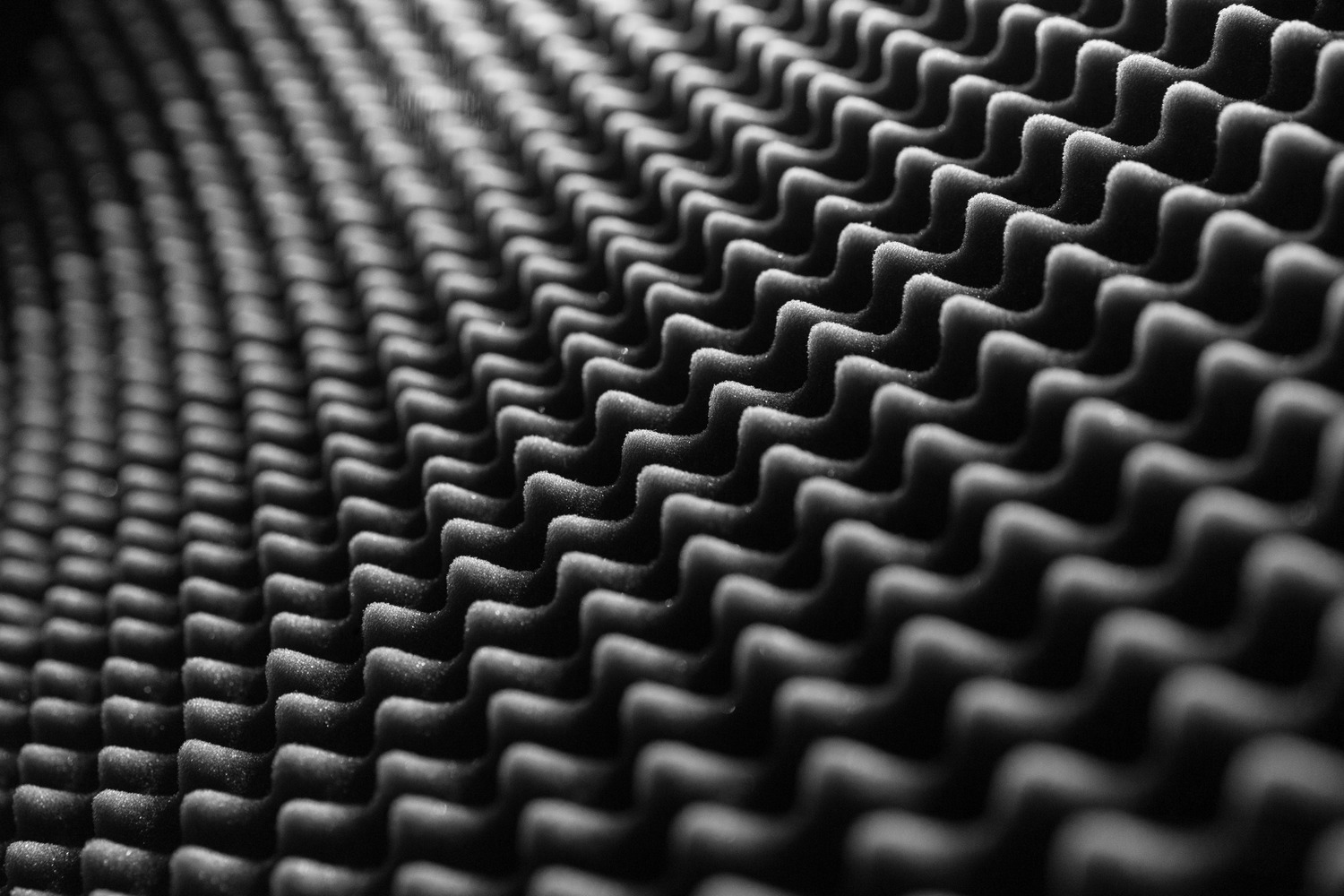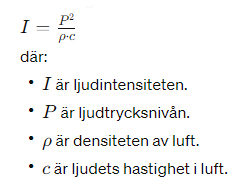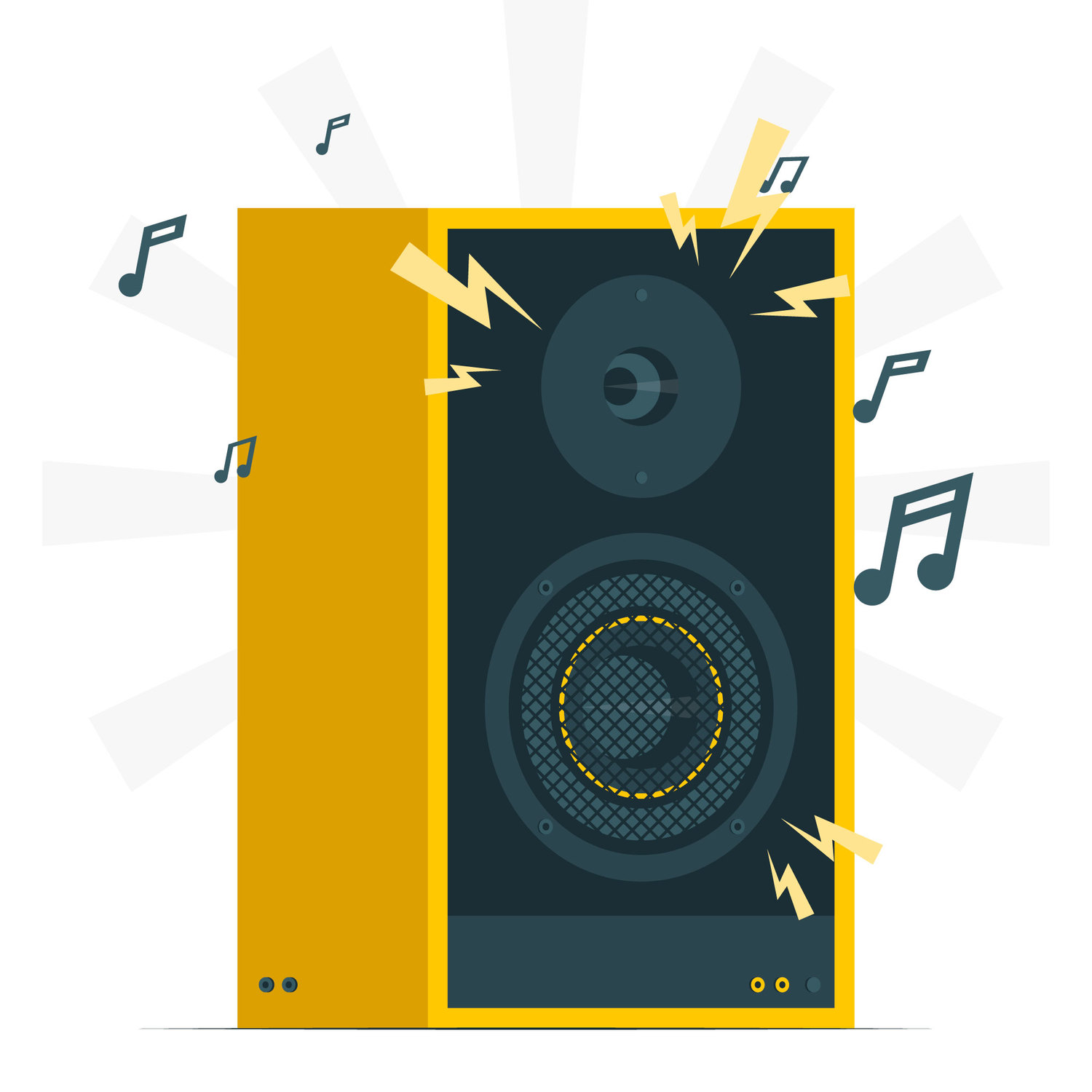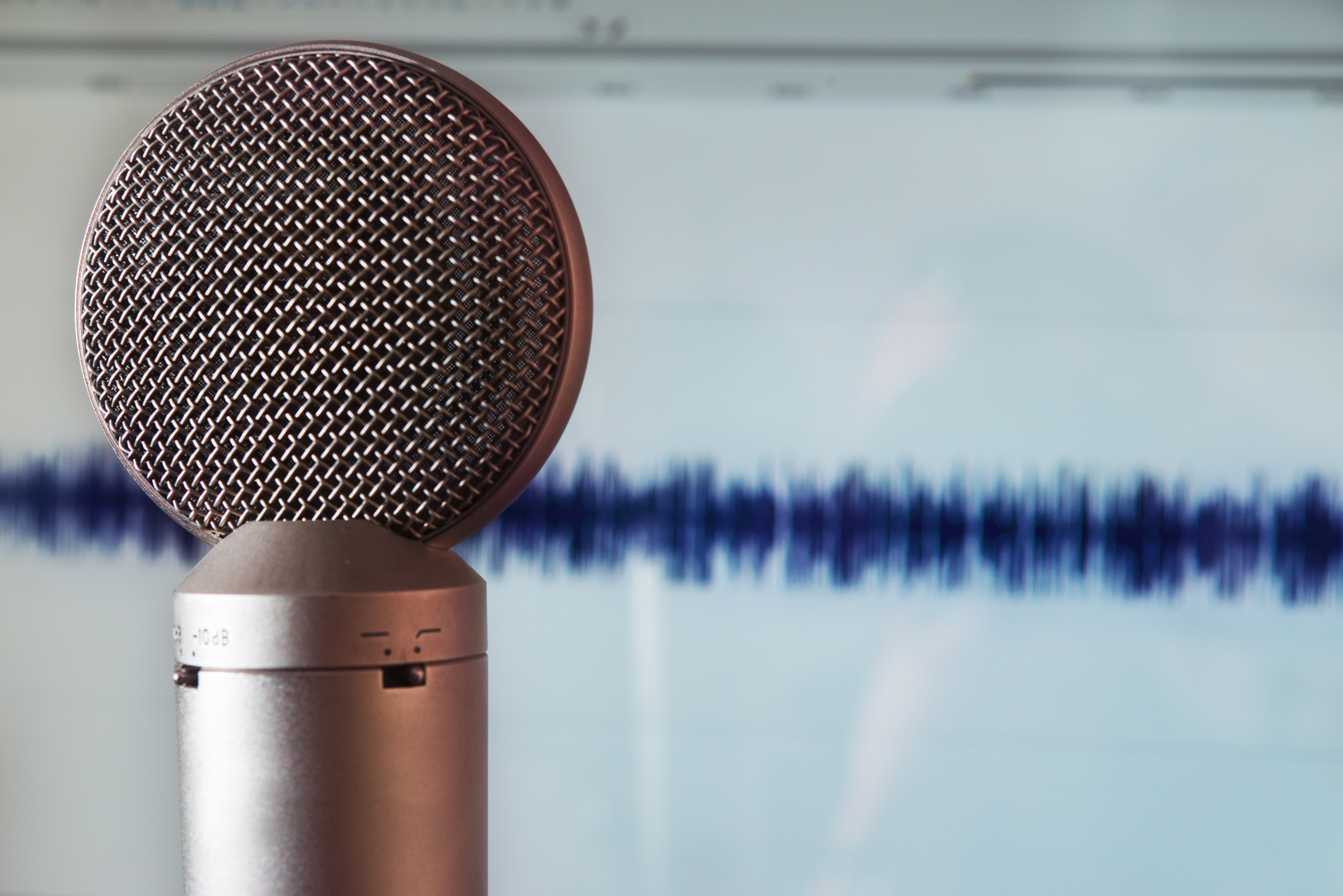Sound absorption – a method for optimizing acoustics in different environments
Sound absorption is a key parameter in acoustics that describes how much sound energy is absorbed by surfaces in a room instead of being reflected or transmitted. By measuring sound absorption, it is possible to analyze and improve the acoustics in various environments, such as concert halls, recording studios, open-plan offices, and public buildings.
Understanding the effects of sound absorption is crucial for creating pleasant sound environments where disturbing reverberation and reflections are minimized. By using the right sound-absorbing materials, you can optimize the sound image and improve both speech intelligibility and the listening experience.
How is sound absorption measured?
To measure sound absorption, a sound source is used that generates a broad spectrum of sound waves. This sound source can be a specific sound generator or a broadband sound source that produces sound across multiple frequency ranges.
A microphone is placed at a predetermined location in the room to record the sound level. To get a clear picture of how much sound is absorbed, a reference measurement is taken before any sound-absorbing material is introduced. This measurement serves as a baseline for comparing the effect of sound absorption.
Measurement with and without sound-absorbing material
After the reference measurement, sound-absorbing materials are placed in the room, such as acoustic foam, perforated panels, or diffusers. The microphone is then used to measure the sound level again, making it possible to quantify how much sound energy is absorbed by the materials.
The difference between the reference measurement and the measurement with sound absorption provides a clear indication of how effective the material is at reducing reflections and reverberation.
Frequency analysis and time weighting in sound absorption measurement
Sound-absorbing materials affect different frequencies in different ways, making frequency analysis an important part of sound absorption measurement. Sound absorption can vary depending on the porosity, density, and thickness of the material.
Low-frequency sounds are often absorbed less effectively than high-frequency sounds, which means that the choice of material must be adapted depending on the type of sound environment to be created. By analyzing sound absorption over a wide frequency range, you can ensure that the sound environment is balanced and adapted to your needs.
Time weighting is also used in sound absorption measurements to analyze changes in sound over time. Depending on whether a fast or slow sound variation is to be measured, different settings such as Fast or Slow can be used.
Calculation of sound absorption and absorption coefficient
To quantify how much sound is absorbed, the absorption coefficient is used, which indicates the proportion of sound energy absorbed by a material at a specific frequency.
The absorption coefficient ranges from 0 to 1:
- 0 means no absorption at all, where all sound is reflected.
- 1 means complete absorption, where all sound disappears into the material.
Examples of absorption coefficients:
Concrete
0.02 at 1000 Hz (almost no absorption)
Plasterboard
0.10 at 1000 Hz (low absorption)
Acoustic panel made of 50 mm polyester
0.90 at 1000 Hz (very high absorption)
Thick textiles
0.85 at 1000 Hz (very high absorption)
Acoustic panel made of 50 mm foam
0.70 at 1000 Hz (high absorption)
Acoustic panel made of 50 mm rock wool
0.85 at 1000 Hz (very high absorption)
By combining materials with different absorption coefficients, it is possible to create an optimal sound environment where sound reflections and reverberation are balanced in an effective way.
Practical applications of sound absorption measurement
Sound absorption measurements are used in a variety of areas to ensure an optimal sound environment.
In concert halls and theaters, these measurements are used to create an acoustic balance where music and speech can be heard clearly without disturbing reflections or reverberation.
In recording studios, it is crucial to control sound absorption to minimize unwanted sound reflections that can affect the sound quality of recordings. By using sound-absorbing materials, it is possible to create a controlled and neutral sound environment.
In offices and open-plan workspaces, sound absorption measurements are used to reduce disruptive noise levels and create a more comfortable working environment. By optimizing sound absorption, echoes and background noise can be reduced, making it easier for employees to communicate and concentrate.
In schools and educational facilities, sound absorption measurements are important for ensuring good speech clarity and a good learning environment. By controlling reverberation, you can improve acoustics and make it easier for students to understand speech and instructions.
Why is sound absorption measurement important?
Sound absorption plays a crucial role in creating a comfortable and functional sound environment. If a room has too little sound absorption, it can lead to strong sound reflections and long reverberation, making the sound environment unpleasant and difficult to be in.
By measuring and analyzing sound absorption, acoustic problems can be identified and measures taken to improve the sound environment. This can be done by choosing the right materials and placing them strategically to optimize sound absorption where it is most needed.
Summary of sound absorption and its measurement
Sound absorption is an important parameter for controlling and optimizing acoustics in different environments. By measuring sound absorption, it is possible to analyze how much sound is absorbed by different materials and create a more pleasant sound environment by reducing unwanted reflections and reverberation.
The measurement is performed by first conducting a reference measurement without sound-absorbing materials and then comparing the sound levels after materials have been placed in the room. The results are presented in the form of absorption coefficients, which makes it possible to select the most effective materials for each specific sound problem.
This method is used in many areas, from building acoustics and recording studios to offices and schools. By understanding and using sound absorption correctly, it is possible to create an optimal sound environment where sound comfort is improved for everyone in the room.






